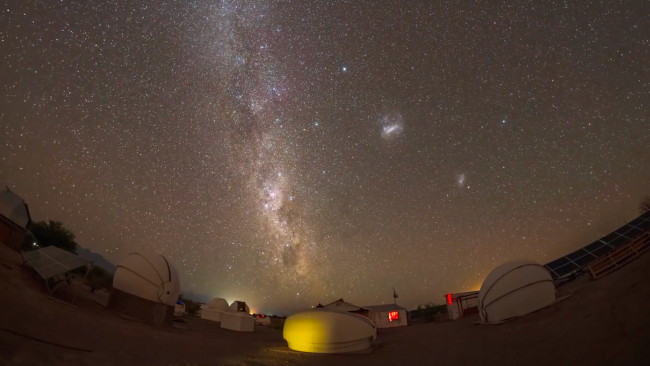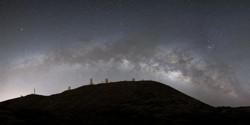Glossary term: Observatório Astronômico
Description: Um observatório astronômico é um local projetado e construído exclusivamente para facilitar a observação científica de objetos extraterrestres. Ele possui instrumentos especializados, como telescópios, câmeras CCD com filtros especiais, salas de computadores e ferramentas apropriadas para analisar imagens e outros tipos de dados científicos. Geralmente, possui domos ou telhados em forma de cúpula projetados para proteger os telescópios e outros instrumentos das intempéries. Esses tetos se abrem e se movem para permitir a observação de uma determinada região do céu. O observatório pode ter controles especiais de temperatura para manter seus espelhos ou lentes e outros equipamentos nas melhores condições. Deve-se observar que os telescópios baseados no espaço são frequentemente chamados de observatórios baseados no espaço (por exemplo, Chandra X-ray Observatory; Solar and Heliospheric Observatory)
See this term in other languagesTerm and definition status: The original definition of this term in English have been approved by a research astronomer and a teacher The translation of this term and its definition is still awaiting approval
The OAE Multilingual Glossary is a project of the IAU Office of Astronomy for Education (OAE) in collaboration with the IAU Office of Astronomy Outreach (OAO). The terms and definitions were chosen, written and reviewed by a collective effort from the OAE, the OAE Centers and Nodes, the OAE National Astronomy Education Coordinators (NAECs) and other volunteers. You can find a full list of credits here. All glossary terms and their definitions are released under a Creative Commons CC BY-4.0 license and should be credited to "IAU OAE".
If you notice a factual or translation error in this glossary term or definition then please get in touch.
Related Media
Chilean Nights
Credit: Robert Barsa/IAU OAE
License: CC-BY-4.0 Creative Commons Attribution 4.0 International (CC BY 4.0) icons
Teide Observatory
Credit: Curd-Christian Tengeler/IAU OAE
License: CC-BY-4.0 Creative Commons Attribution 4.0 International (CC BY 4.0) icons
Zodiacal Light over GTC Observatory
Credit: Amirreza Kamkar/IAU OAE
License: CC-BY-4.0 Creative Commons Attribution 4.0 International (CC BY 4.0) icons











